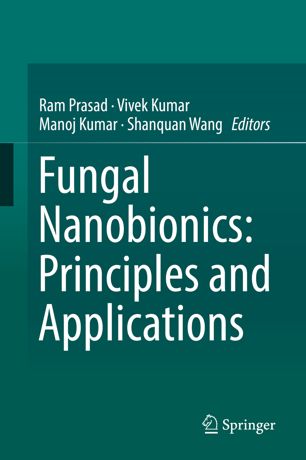

Most ebook files are in PDF format, so you can easily read them using various software such as Foxit Reader or directly on the Google Chrome browser.
Some ebook files are released by publishers in other formats such as .awz, .mobi, .epub, .fb2, etc. You may need to install specific software to read these formats on mobile/PC, such as Calibre.
Please read the tutorial at this link: https://ebookbell.com/faq
We offer FREE conversion to the popular formats you request; however, this may take some time. Therefore, right after payment, please email us, and we will try to provide the service as quickly as possible.
For some exceptional file formats or broken links (if any), please refrain from opening any disputes. Instead, email us first, and we will try to assist within a maximum of 6 hours.
EbookBell Team

0.0
0 reviewsFungal nanobionics has great prospects for developing new products with industrial, agriculture, medicine and consumer applications in a wide range of sectors. The fields of chemical engineering, agri-food, biochemical, pharmaceuticals, diagnostics and medical device development all employ fungal products, with fungal nanomaterials currently used in a wide range of applications, ranging from drug development to food industry and agricultural sector. The fungal agents emerge as an environmentally friendly, clean, non‐toxic agent for the biogenic metal nanoparticles and employs both intracellular and extracellular methods. The simplicity of scaling up and downstream processing and the presence of fungal mycelia affording an increased surface area provide key advantages. In addition, the larger spectrum of synthesized nanoparticle morphologies and the substantially faster biosynthesis rate in cell-free filtrate (due to the higher amount of proteins secreted in fungi) make this a particularly enticing route. Understanding the diversity of fungi in assorted ecosystems, as well as their interactions with other microorganisms, animals and plants, is essential to underpin real and innovative technological developments and the applications of metal nanoparticles in many disciplines including agriculture, catalysis, and biomedical biosensors. Importantly, biogenic fungal nanoparticles show significant synergistic characteristics when combined with antibiotics and fungicides to offer substantially greater resistance to microbial growth and applications in nanomedicine ranging from topical ointments and bandages for wound healing to coated stents.